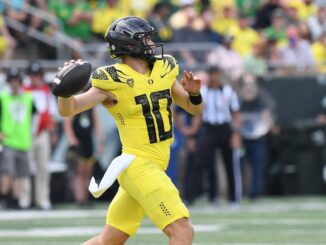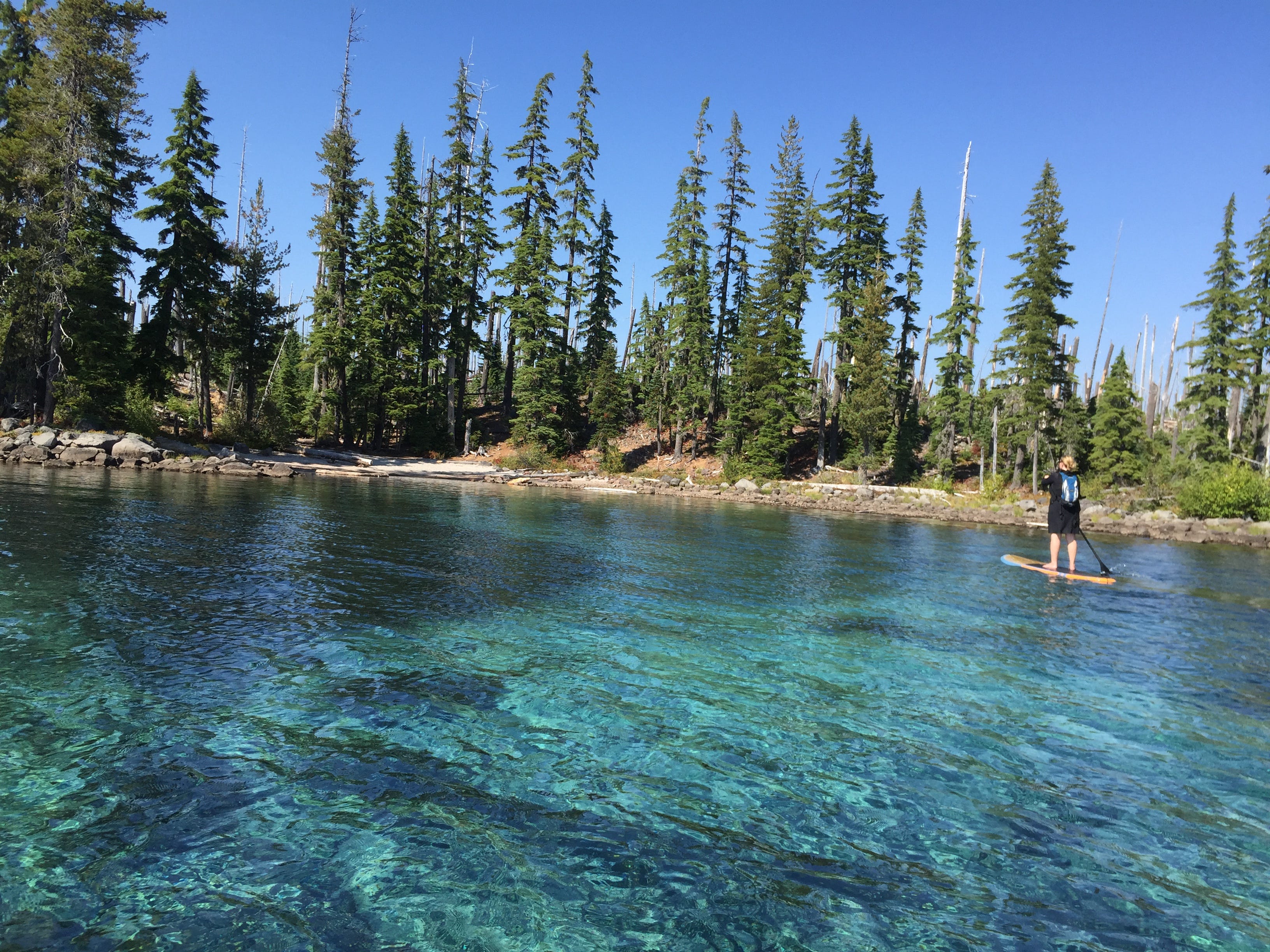
Major metropolitan areas are in large part about shared resources. A bunch of smaller cities pop up around at least one or two major cities, and they form a symbiotic relationship. Places like Irvine and Anaheim are considered part of the Los Angeles metro area, even though they’re located 40 and 26 miles from Los Angeles, respectively. The connection is considered so critical that in 2005, the Anaheim Angels were renamed the Los Angeles Angels of Anaheim (although they’re now just generally known as the Los Angeles Angels, even though they still play in Anaheim).
Metro areas offer a ton of benefits. But many metro areas also cross state lines, and those places can offer even more advantages than large urban areas that only exist in one state.
Cincinnati
Cincinnati is special because it’s metro area actually covers three states. The US Census Bureau includes counties from Ohio, Kentucky, and Indiana as part of the metropolitan statistical area, or MSA. By far the biggest city in the area is Cincinnati, with a population of around 300,000. The metro area as a whole, however, counts more than two million people within its borders. If your boss sends you on a business trip to Cincinnati, you’ll actually be flying in to an airport located in Hebron, Kentucky. Hebron is also the site of an Amazon regional fulfillment center, in case you think that name sounds familiar. You just might have received an Amazon box with Hebron stamped on it.
Like many multi-state metro areas, the Cincinnati MSA combines multiple cultures into one region. You’ll find elements of both the South and the Midwest here. If you’re looking to be in the middle of it all, you can buy a condo near downtown Cincy. If you’re looking for a quieter style of living, check out properties for sale in Madison Township, a less populated area located west of Middletown.
Portland
The Portland metropolitan area consists of five counties in Oregon and two counties in Washington. Oregon has no state sales tax, while Washington has no state income tax. That puts residents of the area in a pretty nice position as long as they don’t mind crossing state lines for work and shopping. The biggest city on the Washington side is Vancouver (which is very different from Vancouver, British Columbia. They were both named after the same guy, though). Vancouver’s population comes in at around 170,000. Cross the Interstate Bridge over the Columbia River, and you’ll find about 640,000 people living in Portland. Washington legalized recreational marijuana first, although Oregon wasn’t far behind, and you can now get both medical and recreational pot from dispensaries in Portland. Just please don’t cross state lines with your weed; that’s a violation of federal law.
In Washington, you generally pull up to a gas station, get out of the car, and pump your own fuel. You can’t do that in Oregon, at least not if you’re in the Portland area (there are exceptions for rural counties and tribal lands). If you’re a fan of Seattle sports teams, you might be better off living on the Washington side, as Portland and Seattle residents have a longstanding rivalry. Things get especially intense during pro soccer matches between the Portland Timbers and the Seattle Sounders.



